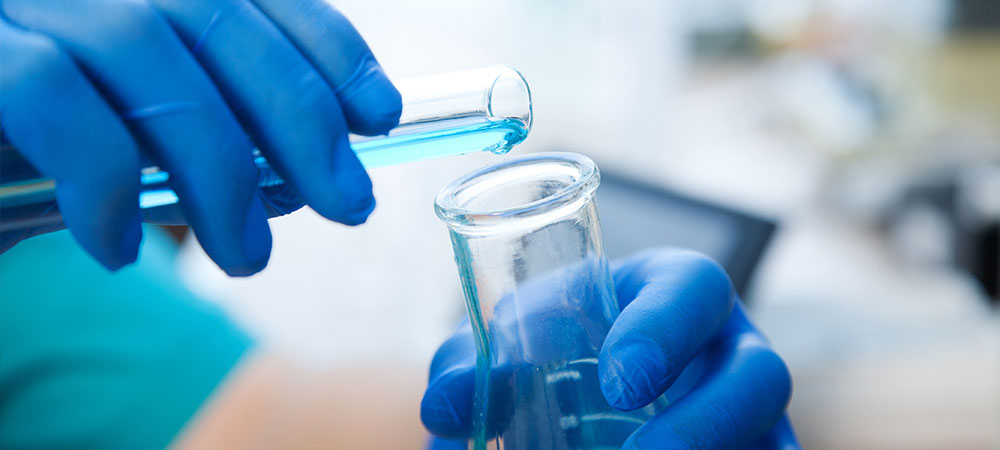
EWG standards for drinking water contaminants
EWG standards are not based on compromises that polluters and politicians find acceptable, or what it will cost to clean up drinking water supplies. Rather, to arrive at these standards, EWG reviewed the best and latest scientific evidence, legal standards and health advisories, and then we defined water quality goals that will protect public health.
The fifth edition of EWG’s National Tap Water Database sets forth no-compromise standards for water contaminants that have no federal legal limit or that have legal limits too weak to ensure safe water quality.
Click on the contaminant name for more information.
| Contaminant | Description | Number of states |
|---|---|---|
| detected / tested | ||
| time frame | ||
| 1,4-Dioxane | 1,4-Dioxane is a solvent classified by the EPA as a likely human carcinogen. It contaminates groundwater in many states due to industrial wastewater discharges, plastic manufacturing runoff and landfill runoff. | 45 / 50 2013-2019 |
| Arsenic | Arsenic is a potent carcinogen and common contaminant in drinking water. Arsenic causes thousands of cases of cancer each year in the U.S. | 50 / 50 2017-2019 |
| Atrazine | Atrazine is a herbicide commonly detected in drinking water that comes from cornfield and other agricultural runoff. It is a hormone disrupter that harms the male and female reproductive systems of people and wildlife. | 41 / 50 2017-2019 |
| Carcinogenic VOCs | Many Volatile Organic Compounds (VOCs) are solvents that increase the risk of cancer, and harm the nervous system, fetal growth and child development. EWG's list includes the most potent cancer-causing VOCs found in drinking water. | 50 / 50 2017-2019 |
| Chromium-6 | Chromium (hexavalent) is a carcinogen that commonly contaminates American drinking water. Chromium (hexavalent) in drinking water may be due to industrial pollution or natural occurrences in mineral deposits and groundwater. | 50 / 50 2013-2019 |
| Copper | Copper enters tap water from copper plumbing pipes. High concentrations of copper in drinking water can be harmful for infants and people with Wilson's disease, a rare genetic disorder. | 50 / 50 2014-2019 |
| Disinfection byproducts | Disinfection byproducts are cancer-causing contaminants that form during water treatment with chlorine and other disinfectants. Disinfection byproducts may also increase the risk of problems during pregnancy, and may harm fetal growth and development. | 50 / 50 2017-2019 |
| Lead | Lead contaminates drinking water when it leaches from pipes and plumbing fixtures. Lead exposure during childhood permanently harms learning ability and behavior. | 50 / 50 2014-2019 |
| Manganese | Manganese is a naturally occurring element that is common in food and drinking water. Excessive manganese exposures may impair children's attention, memory and intellectual capacity. | 50 / 50 2013-2021 |
| Nitrate | Nitrate, a fertilizer chemical, frequently contaminates drinking water due to agricultural and urban runoff, and discharges from municipal wastewater treatment plants and septic tanks. Excessive nitrate in water can cause oxygen deprivation in infants and increase the risk of cancer. | 50 / 50 2017-2019 |
| Nitrosamines | Nitrosamines are DNA-damaging, cancer-causing disinfection byproducts that form during water treatment with certain disinfectants such as chloramine. | 1 / 4 2013-2019 |
| Perchlorate | Perchlorate, a component of rocket fuel, occurs both naturally and as a synthetic chemical. Ingested perchlorate interferes with thyroid function. Exposure to perchlorate during pregnancy and childhood can impair cognitive development. | 9 / 12 2017-2019 |
| Perfluorinated chemicals | Perfluorinated chemicals are a group of synthetic compounds used in hundreds of products from nonstick pans to stain-repellent clothing, wire coatings and firefighting foam. These chemicals have been linked to endocrine disruption, accelerated puberty, liver and immune system damage, thyroid changes, and cancer risk. | 34 / 50 2017-2019 |
| Radiological contaminants | Radiological contaminants leach into water from certain minerals and from mining. Drinking water contamination with radioactive substances increases the risk of cancer and may harm fetal development. | 50 / 50 2014-2019 |
